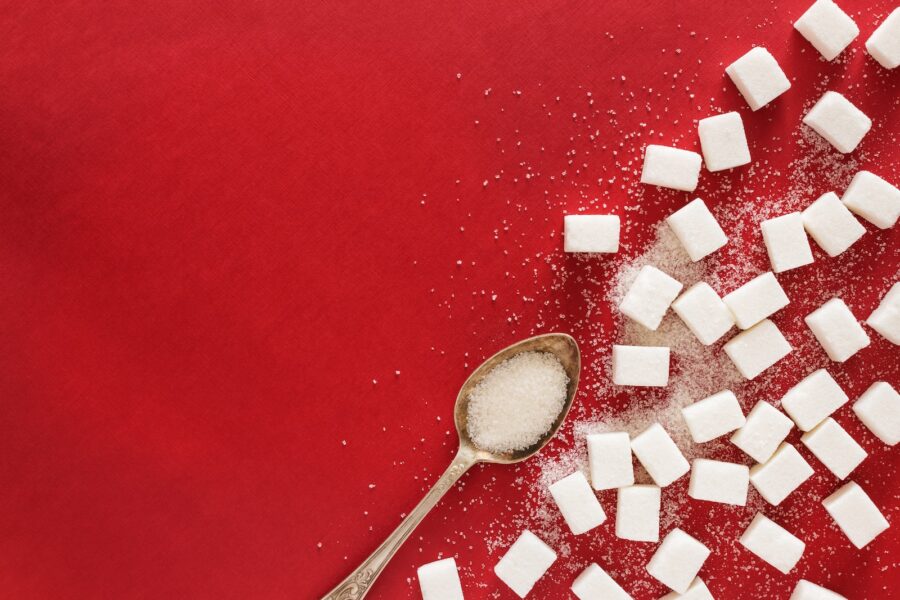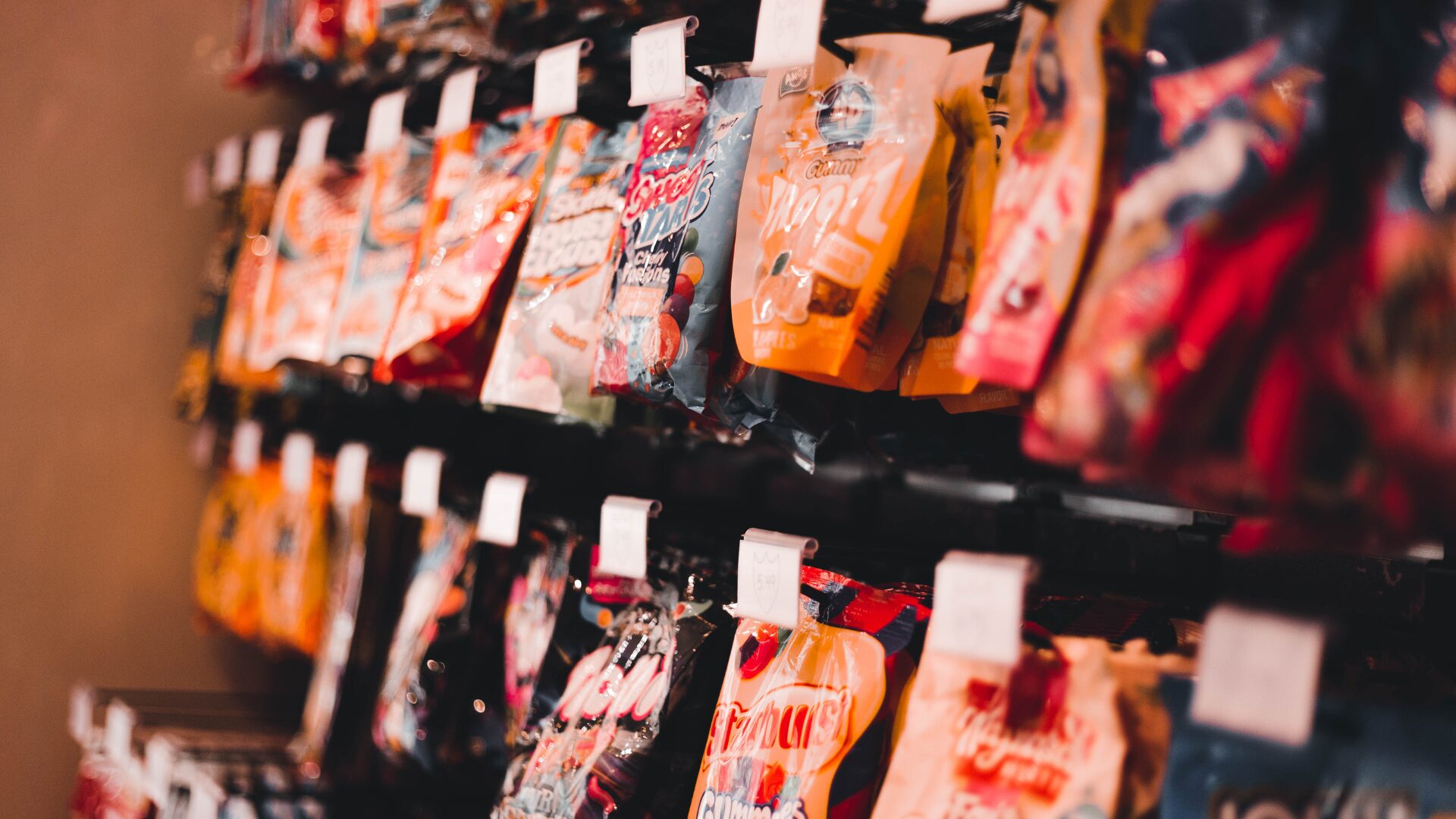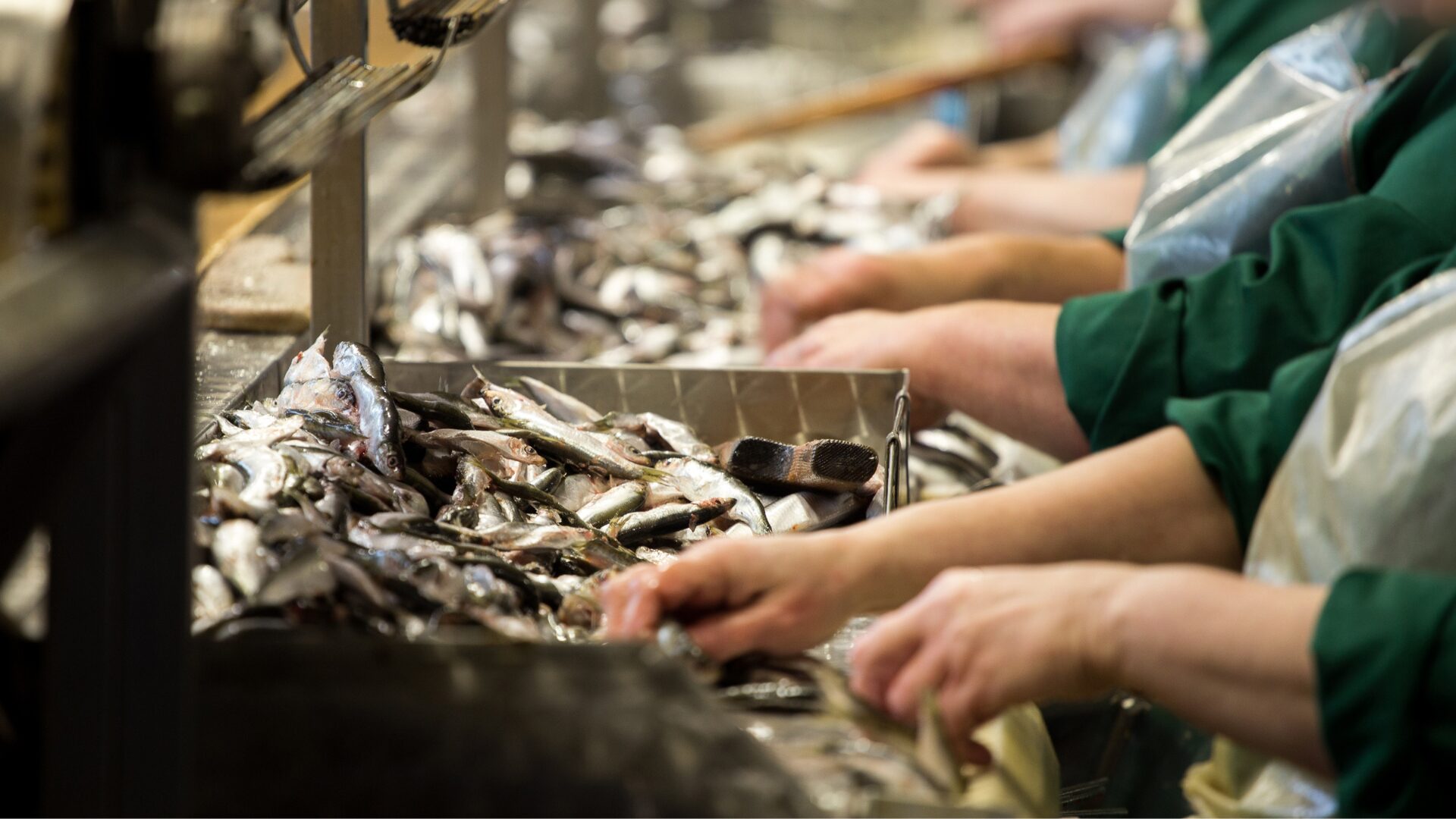Across the U.S., the number of households purchasing products that contain potentially harmful food additives appears to be on the rise.
Between 2001 and 2019, the proportion of purchased food products that contained additives increased from 49.6% to 59.5% according to new research published in the Journal of the Academy of Nutrition and Dietetics.
Despite some positive changes — such as the decreased use of added flavors in carbonated soft drinks — consumer panel responses showed this increase across most food categories, including baby foods.
“Unbeknownst to many people, the foods we buy have a lot of toxic additives lurking in them,” Harvard-trained nutritionist Amy Shah wrote in a recent article for CNBC. “This means they’ve been altered in ways that actually make you hungrier and hijack the brain to worsen your emotional eating habits.”
Food Additives 101
Food additives are used to maintain or improve the safety, freshness, taste, texture, or appearance of foods. While some have been used for centuries for preservation — such as salt, sugar, and sulfur dioxide — many more have been developed to meet the needs of large-scale food production.
Food additives can be derived from plants, animals, or minerals, or they can be synthetic. There are several thousand food additives in use today.
According to the World Health Organization, food additives are only justified when their use has a technological need, does not mislead consumers, and serves a well-defined technological function, such as to preserve the nutritional quality of the food.
Here are four common food additives to stay mindful of, according to Shah.
1. Monosodium Glutamate (MSG)
MSG is a flavor enhancer commonly used in many processed foods. The safety of MSG has been a topic of debate and research for several years.
“MSG antagonizes your pancreas into pouring out more insulin — a hormonal cascade that makes you feel hungrier,” said Shah. “It has been linked to diabetes and obesity.”
While the U.S. Food and Drug Administration considers MSG to be generally recognized as safe (GRAS) when consumed in typical amounts, it also requires foods containing added MSG to list it as an ingredient on the label.
2. Refined Flour
The word “refined” in flour refers to a modification process in which the bran and germ are removed to extend shelf life. It also reduces the number of naturally occurring vitamins, minerals, and dietary fiber the flour contains.
“Refined flour, mainly white flour, jacks up your blood sugar levels fast, spiking your insulin levels and then making them crash,” said Shah. “This reaction makes you hungry very quickly, which explains why you may feel like eating again soon after having a bagel or a slice of toast.”
3. Refined Sugar
Much like refined flour, consuming white sugar creates a spike in blood sugar levels. The crash that occurs a short time later intensifies sugar cravings.
“A particularly vile form of refined sugar is high fructose corn syrup,” said Shah. “Laced in sodas, commercial juices, and other beverages as well as packaged foods, it messes up your normal metabolism.”
4. Gluten
Gluten is a protein in wheat that is often present in processed foods. Due to its sugar-like properties, gluten in refined products like white bread can trigger cravings and be highly inflammatory in certain groups of people.
“It is also a gut irritant,” said Shah. “Because of the decreased nutritional value in most grains, they should be only a small part of our diets.”
It is important to note that gluten tolerance varies widely by individual and consumption should be calibrated accordingly. Recent studies indicate that completely removing gluten from diets without personalized medical guidance could lead to nutritional deficiencies.
Replacing refined breads with wholesome minimally processed varieties can encourage dietary balance. Sprouted whole grains, for instance, have been shown to increase the amount and availability of certain nutrients like folate and may not increase blood sugar as much as other grains, reported Healthline.
Prioritizing Polyphenols
Overall, a balanced diet that limits the consumption of additives with a focus on whole, unprocessed foods is generally considered the healthiest choice.
To curb cravings, Shah suggests eating more polyphenols — a type of micronutrient that contains health-promoting properties. “They are important for clearing our bloodstreams and toxins and are key to controlling hunger and cravings for unhealthy additive-filled foods.”
Foods that are rich in polyphenols include avocados, berries, broccoli, cherries, dark chocolate, spinach, and green tea.
“Of course, you don’t have to avoid certain additives completely,” said Shah. “But moderation can do your body a whole world of good.”
The Food Institute Podcast
Innovation isn’t accidental; companies that successfully innovate are rigorous and disciplined. SnackFutures Mondelez insights lead Barbara Schandl joined The Food Institute Podcast to discuss food innovation strategies in 2023 and shared her viewpoints on uncovering team members’ hidden skills and how curiosity is key for food industry success.












